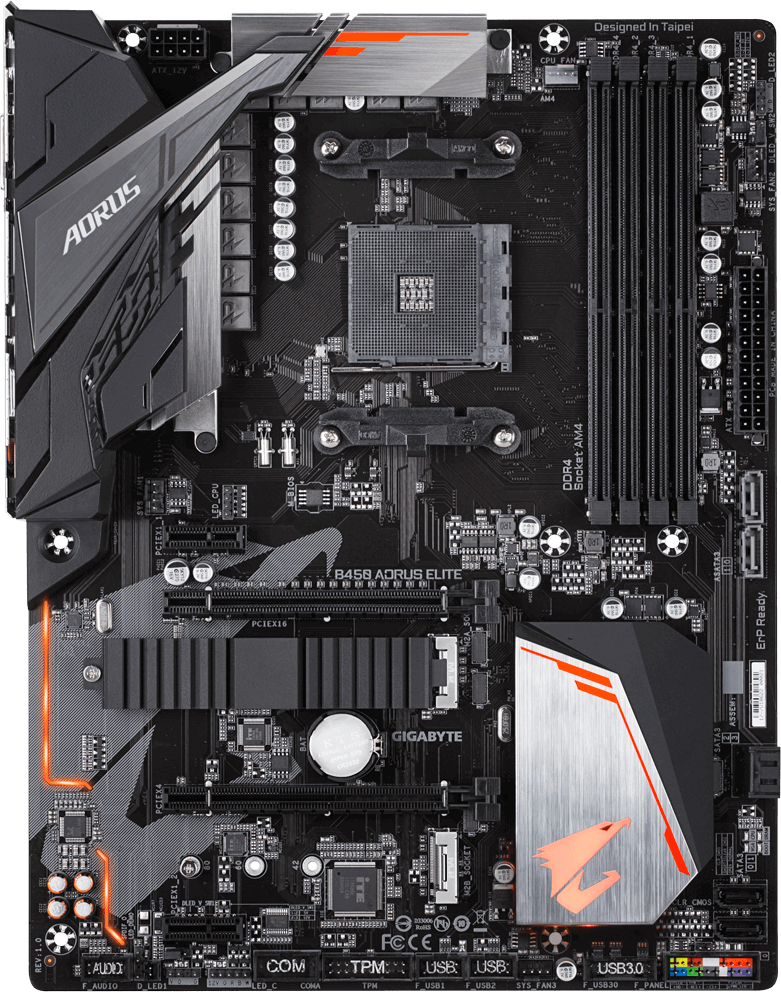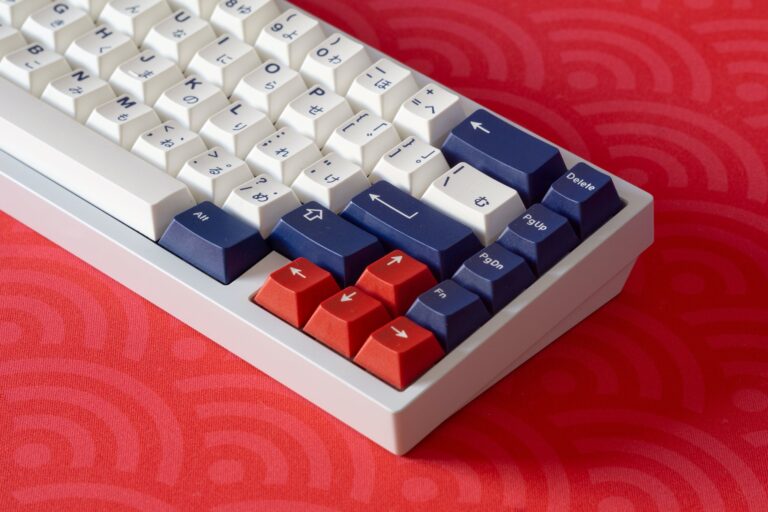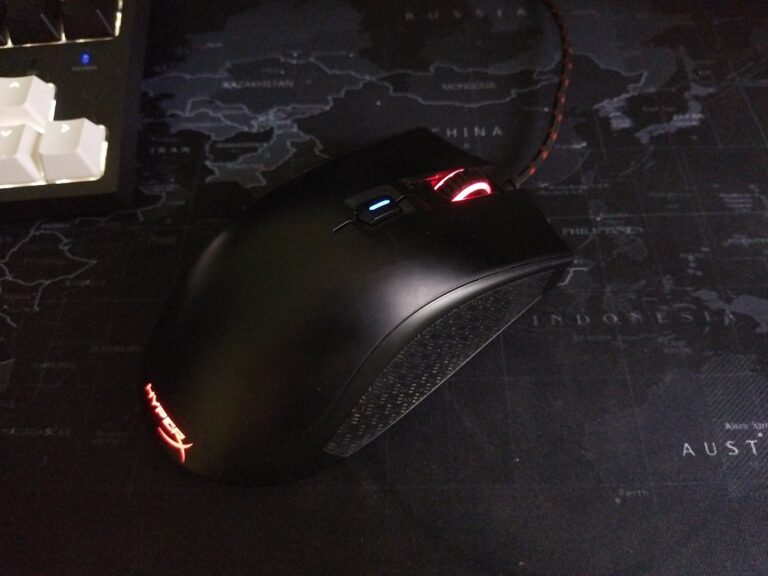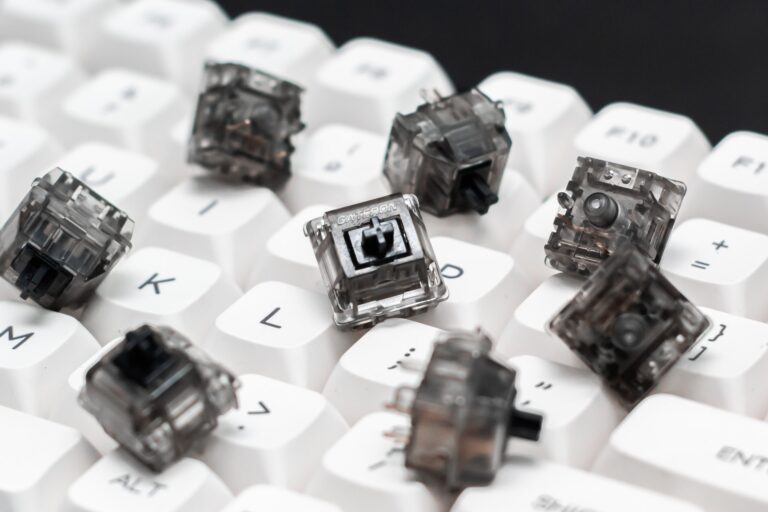Which Motherboard Form Factor Should You Buy? ATX, Micro ATX, Mini ITX
Motherboards are one of the most important pieces of hardware in a computer. They allow you to connect your graphics card, CPU, and other peripherals and make your computer work as a single unit. You need a motherboard that is the same size as your graphics card to get the best performance.
There are three main motherboard sizes: ATX, micro-ATX and Min-ITX. The size of your motherboard affects how you choose the size of your case and the size of GPU you’ll buy.

The ATX Motherboard
The ATX motherboard is the standard motherboard size and is the most common one you will find on the market. An ATX board mostly works with standard cases and is more widely available. The standard ATX size is 25% longer, at 12 × 9.6 in (305 × 244 mm).
There are four screw holes for a mounting plate and notches for standoffs in a standard case to mount an ATX board in your case easily. If you have an older or a prebuilt computer, you have an ATX motherboard already installed.

Pros of the ATX Motherboard
The ATX motherboard is the most stable motherboard size in terms of stability and compatibility. It’s also the most compatible with graphic cards, CPU, and RAM modules of varied brands and speeds. It is also more suited for overclocking than the other form factors.
ATX motherboards also have more PCIe lanes and more RAM channels when compared to the other form factors. With ATX, you can put up to two graphics cards and up to 4 sticks of RAM.
When it comes to cooling you have more options when using an ATX motherboard and case, passive cooling, air cooling and water cooling is easier to do in this kind of form factor due to having a larger area to work with.
Aesthetics might also be a point of consideration when buying this kind of motherboard. Many ATX motherboards that are targeted towards gamers often have built-in RGB lighting and a very sleek design sensibility. Using a case with tampered glass panels, you could show your friends how cool your pc build is.
Cons of the ATX Motherboard
The drawbacks of the ATX motherboard size are that it’s an older form factor than micro-ATX. You will find that on most ATX boards, a heat sink isn’t attached to the CPU. This is because the CPU is placed on a separate heat sink connected to the board via heat-conducting paste.
Big motherboards need big cases, it will take up a large amount of space when using this kind of form factor. It is also more expensive than other motherboards though there are cheaper ATX cases to offset the cost, most of these cheap ATX cases often have bad airflow than their expensive counterparts
The Micro-ATX Motherboard
The Micro ATX motherboard’s maximum size is 9.6 × 9.6 in (244 × 244 mm). ATX boards were too big, so the CPU was placed on a separate heat sink with a cooling paste. The other components in the motherboard were smaller and redesigned as well. A micro-ATX board has fewer expansion slots, less storage space.

GIGABYTE GA-A320M-S2H (Amazon link)
Pros of the Micro-ATX Motherboard
Micro-ATX motherboards are significantly smaller than their ATX counterpart. You can use a Micro-ATX motherboard in any ATX cases you would like. You’ll save some money by getting an old ATX case with an established cooling system rather than buying a new micro-ATX case.
It is also significantly cheaper than an ATX motherboard, so most of the time Micro-ATX are a choice for a budget pc build. This is also a good form factor if you plan on only having one graphics card in your system.
Having a small form factor favors people who are living in an apartment or anyone wanting to save space in their living space.
Micro-ATX also benefits from being placed in a regular ATX case for passive cooling and air cooling. Water cooling might pose some challenge due to the motherboard being small, but it is still doable.
Cons of the Micro-ATX Motherboard
The main difference between micro-ATX and ATX boards is that the micro-ATX board has fewer expansion slots, less storage space. Having fewer PCIe lanes means you can only put one graphics card in a micro-ATX.
Micro-ATX commonly has lesser RAM slots than an ATX motherboard. Micro-ATX also has limited expansion slots for hard drive and SSDs, you might consider buying an SSD with a higher memory capacity.
Can you overclock with a Micro-ATX? Yes. If the Micro-ATX motherboard chipset supports it, you can do it but proceed with caution as Micro-ATX isn’t really meant to be overclocked. It might not have VRMs that is strong enough as an ATX motherboard that was designed to handle overclocking.
The Mini-ITX Motherboard
Mini-ITX is the smallest and latest motherboard size, developed by VIA Technologies in 2001. Mini-ITX is a 170 mm × 170 mm (6.7 in × 6.7 in) motherboard. Like ATX and micro-ATX boards, mini-ITX boards have four mounting holes for the motherboard plate and two holes for the standoffs.
A system on a mini-ITX board will be regarded as tiny because it takes up almost no space at all compared to an ATX case. The mini-ITX motherboard size extends to micro-ATX that serves the same function but with more expansion slots and more storage space. The advantage of mini-ITX boards is that they are small and can be used in limited spaces.

Pros of the Mini-ITX Motherboard
The main advantage of mini ITX motherboards is that they are small and can be used in limited spaces. As with the Micro-ATX, there are also limited expansion slots for SSD drives, you might want to consider a high-capacity SSD.
It is the best option for any small case pc build. It is also good for any minimalist PC Aesthetic. With its small factor and case, it can be more portable than an ATX or Micro ATX computer.
This is a good form factor if you want to use an APU.
Cons of the Mini-ITX Motherboard
The main drawback of the mini ITX board is that they’re small. They lack cooling options if you’re overclocking your CPU because they don’t come with additional heatsinks. Overclocking is also not ideal for this kind of board.
It is also more expensive than a micro-ATX board but also has more limitations with upgrades and expansions. You will be limited to a 2 RAM slot, and it will not be ideal for a multi-GPU setup.
If you have large fingers and work on PC boards every day, you may find that the fitting between your fingers and the hole for mounting plates is tight. You will also find that because ITX boards are small, there aren’t any additional expansion slots or headers for USB or FireWire devices.
Other Motherboard Form Factors
There are also other, less common motherboard form factors, such as Extended ATX (EATX) and FlexATX. EATX motherboards are larger than standard ATX motherboards and are typically used in servers and high-end workstations. FlexATX motherboards are smaller than MicroATX motherboards and are often used in small form factor systems.
Conclusion
Cases and motherboards come in varied sizes, so when buying a case (unless it’s one of the ones mentioned below), make sure that your case is compatible with the motherboard size you want to use. If you go for a cause bigger than your motherboard size, then you must worry about the mounting plates, standoffs, and if the power supply fits inside.
READ ALSO:
- A Brief Guide on the DisplayPort
- AMD Freesync, Freesync Premium, and Freesync Premium PRO EXPLAINED
- What to Know About HDMI?
Disclaimer: This page contains links that are part of different affiliate programs. If you click and purchase anything through those links, I may earn a small commission at no extra cost to you. Click here for more information.
SUBSCRIBE TO TECHNOBRAX
If you want to receive updates whenever we post new articles or emails regarding discount deals on mice and keyboards, or other electronic devices CLICK HERE to SUBSCRIBE







